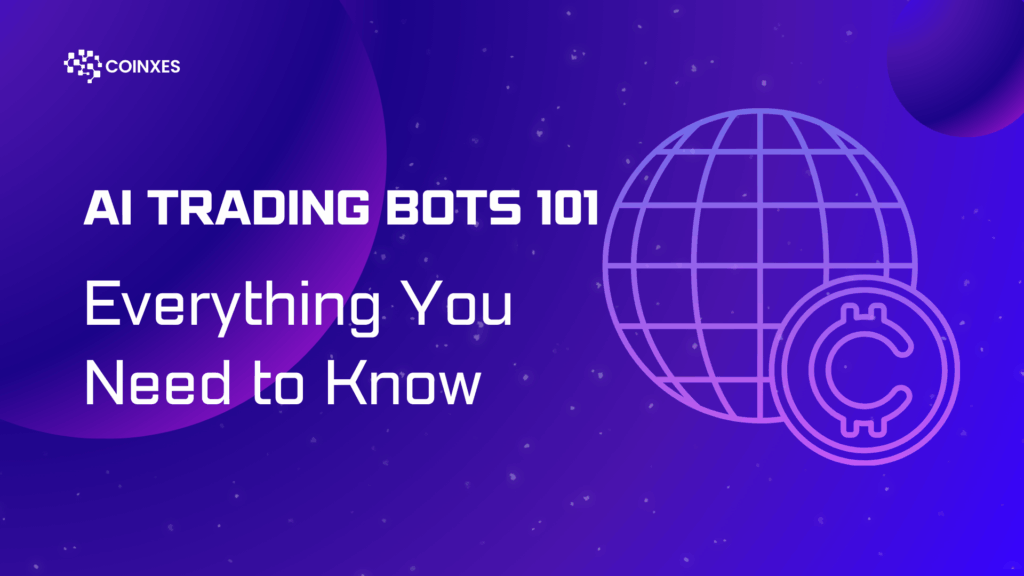AI Trading Bots 101: Everything You Need to Know
Artificial intelligence (AI) has revolutionized countless industries, and financial trading is no exception. AI trading bots—automated systems that use machine learning and algorithms to execute trades—are becoming essential tools for investors seeking efficiency, speed, and precision. Whether you’re a seasoned trader or a novice, understanding how these bots work can unlock new opportunities in the fast-paced world of trading. This guide covers everything from their inner workings to risks, examples, and how to get started.
What Are AI Trading Bots?
An AI trading bot is a software program that uses artificial intelligence and advanced algorithms to analyze market data, identify trading opportunities, and execute trades automatically. Unlike traditional automated systems, these bots leverage machine learning to improve their strategies over time. They can operate in stocks, cryptocurrencies, forex, and other markets, making them versatile tools for traders of all levels.
Key Components of AI Trading Bots
- Data Collection: Bots gather historical and real-time data (e.g., price trends, volume, news sentiment).
- Algorithms: Pre-programmed rules to analyze data and identify patterns.
- Machine Learning Models: Neural networks or predictive analytics to refine strategies based on outcomes.
- Execution: Automated or manual approval of trades based on programmed parameters.
How Do AI Trading Bots Work?
The process involves three core stages:
1. Data Analysis
AI bots analyze vast datasets, including:
- Historical price patterns (e.g., support/resistance levels).
- Market sentiment (social media trends, news headlines).
- Fundamental indicators (earnings reports, interest rates).
2. Strategy Development
Using machine learning, bots identify profitable strategies. For example:
- Predictive modeling to forecast price movements.
- Arbitrage detection to exploit price discrepancies across exchanges.
3. Trade Execution
Once a strategy is validated, the bot executes trades automatically. Traders can set parameters like stop-loss limits or risk thresholds to control exposure.
Types of AI Trading Bots
AI trading bots specialize in different strategies:
1. Algorithmic Trading Bots
- Function: Follow strict rules (e.g., “buy when Bitcoin hits $50,000”).
- Use Case: Scalping or high-frequency trading (HFT).
2. Predictive Bots
- Function: Use AI to predict future price movements.
- Example: Neural networks analyzing news sentiment to anticipate stock reactions.
3. Arbitrage Bots
- Function: Spot price differences across exchanges and exploit them.
- Use Case: Cryptocurrency trading (e.g., buying ETH on Binance and selling on KuCoin).
4. Trend-Following Bots
- Function: Identify and follow established market trends.
- Example: Buying a stock that breaks above a 50-day moving average.
Benefits of AI Trading Bots
1. 24/7 Operation
Bots trade around the clock, capitalizing on global market opportunities without fatigue.
2. Speed and Precision
They execute trades in milliseconds, far faster than human traders.
3. Reduced Emotional Bias
Bots eliminate fear and greed, sticking strictly to predefined strategies.
4. Scalability
Manage multiple accounts or assets simultaneously without added effort.
5. Cost Efficiency
Lower fees than hiring human analysts or brokers.
Risks and Challenges
1. Market Volatility
Extreme price swings can trigger unintended trades or losses.
2. Technical Failures
Software glitches or internet outages may cause missed opportunities or errors.
3. Regulatory Risks
Some regions restrict AI trading due to concerns over market manipulation.
4. Overfitting Strategies
Bots trained on historical data may fail in new market conditions.
5. High Initial Costs
Premium platforms or custom bots can be expensive to develop.
Real-World Examples of AI Trading Bots
1. QuantConnect
- Focus: Algorithmic trading for stocks and forex.
- Features: Backtesting, machine learning integration, and cloud-based execution.
2. eToro’s CopyTrader
- Focus: Social trading with automated replication of top traders’ strategies.
- AI Role: Predicts profitable traders using behavioral analysis.
3. 3Commas
- Focus: Cryptocurrency trading with AI-driven signals.
- Use Case: Automating buy/sell orders during bull and bear markets.
4. Aidyia
- Focus: Hedge fund managed entirely by AI.
- Technology: Neural networks analyzing global markets in real time.
How to Set Up an AI Trading Bot
- Choose a Platform
- Options: QuantConnect, TradingView, or crypto platforms like Binance Smart Chain.
- Define Your Strategy
- Decide on goals (e.g., “swing trading” or “day trading”).
- Select an Algorithm or Bot
- Use pre-built templates or customize with coding (Python, R).
- Backtest the Strategy
- Test historical data to validate performance.
- Set Risk Parameters
- Define stop-loss, take-profit, and position sizing.
- Deploy and Monitor
- Start with small amounts and adjust based on results.
Conclusion: Are AI Trading Bots Right for You?
AI trading bots offer unparalleled efficiency and precision but require careful setup and risk management. Whether you’re automating crypto trades or stock strategies, these bots can amplify returns—if used wisely. Always research platforms thoroughly, start small, and stay updated on market conditions.
